Below you will find materia medicas on all the harmonizing, anti-inflammatizing herbs in Gold Dust. Materia medicas are like an herb's resume. They are very helpful in deepening your understanding of all the things a single herb can do. |
Eileen Brantley & Amy WrightWe are Herb Girls Athens, LLC. Read our blog! Archives
November 2022
Categories
All
|
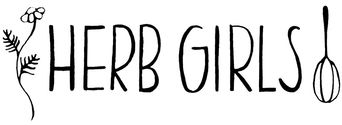
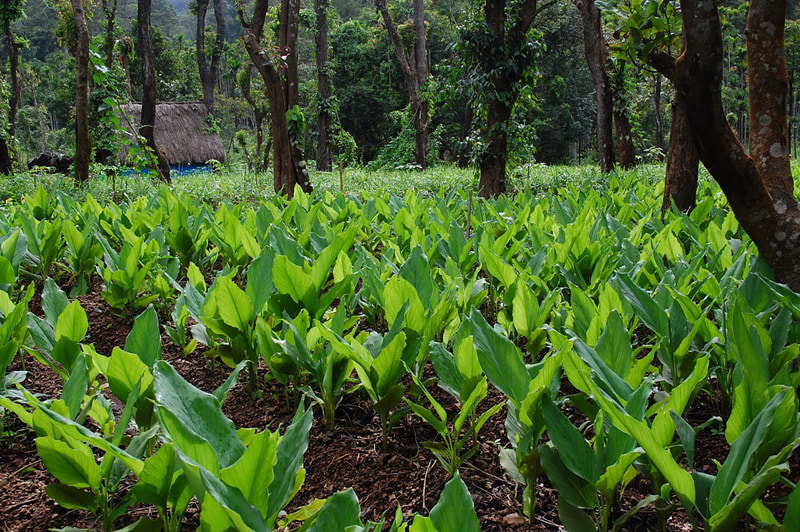
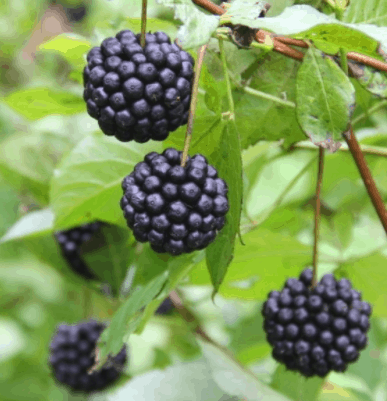
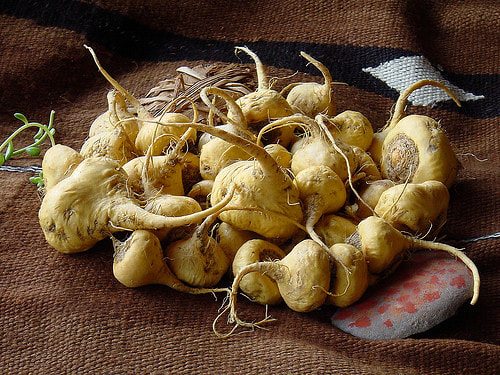
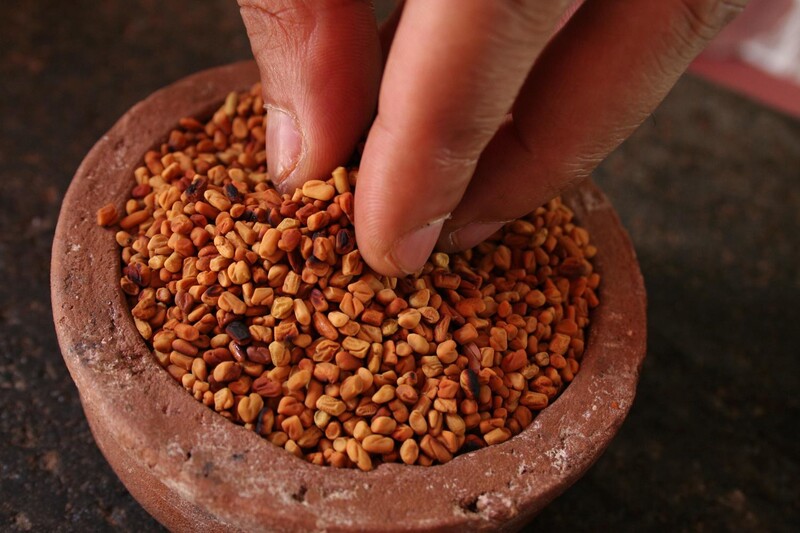
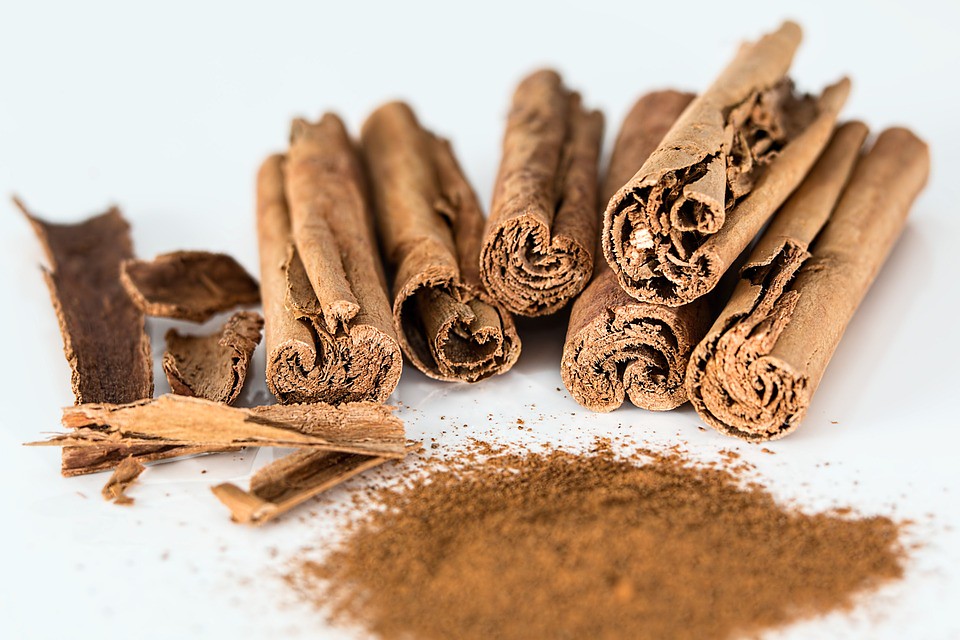
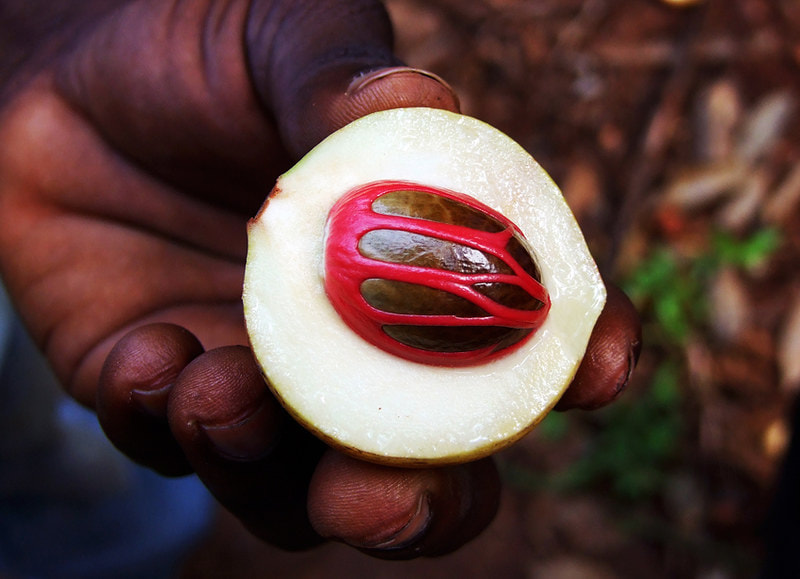
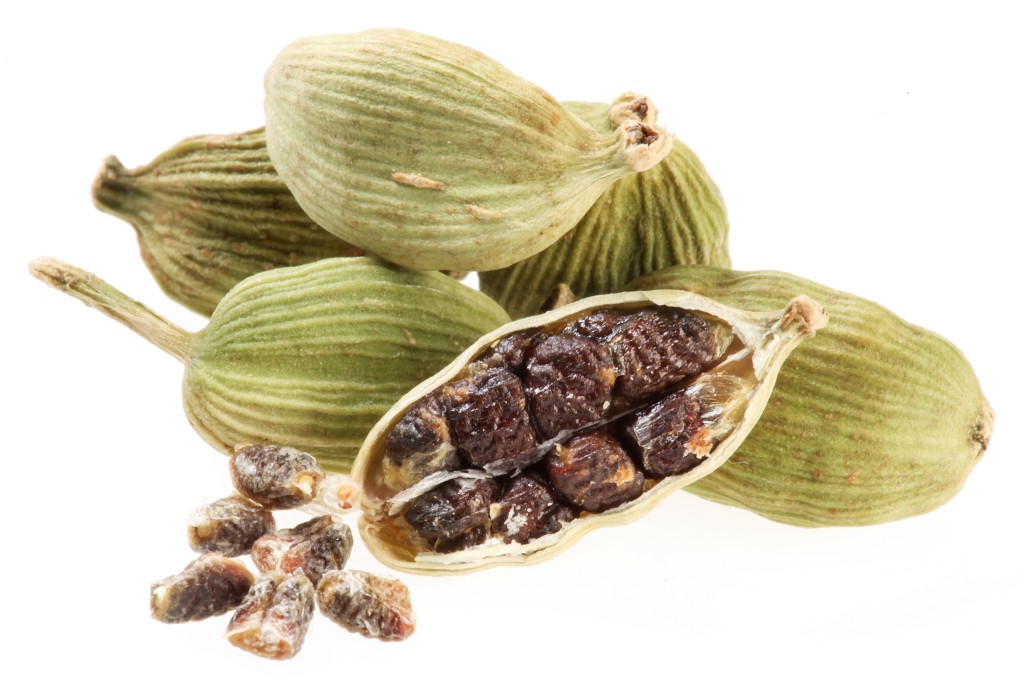
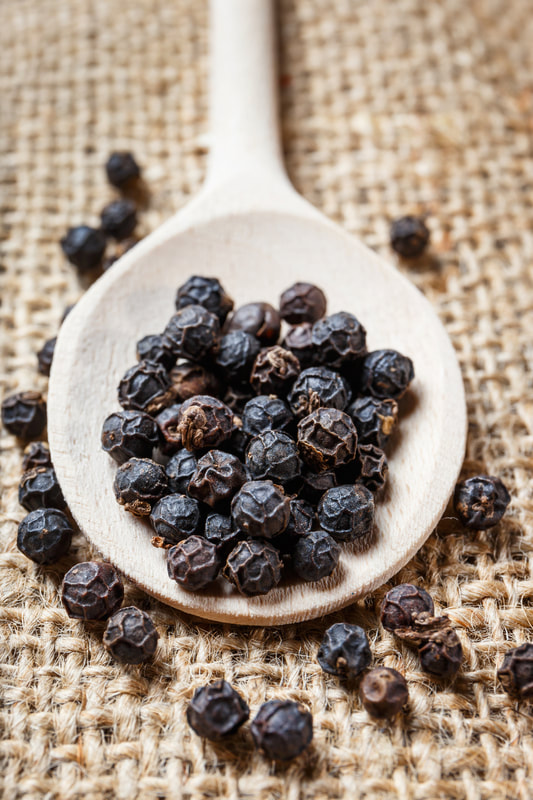
 RSS Feed
RSS Feed
